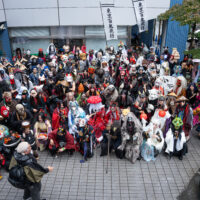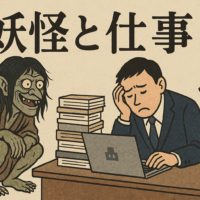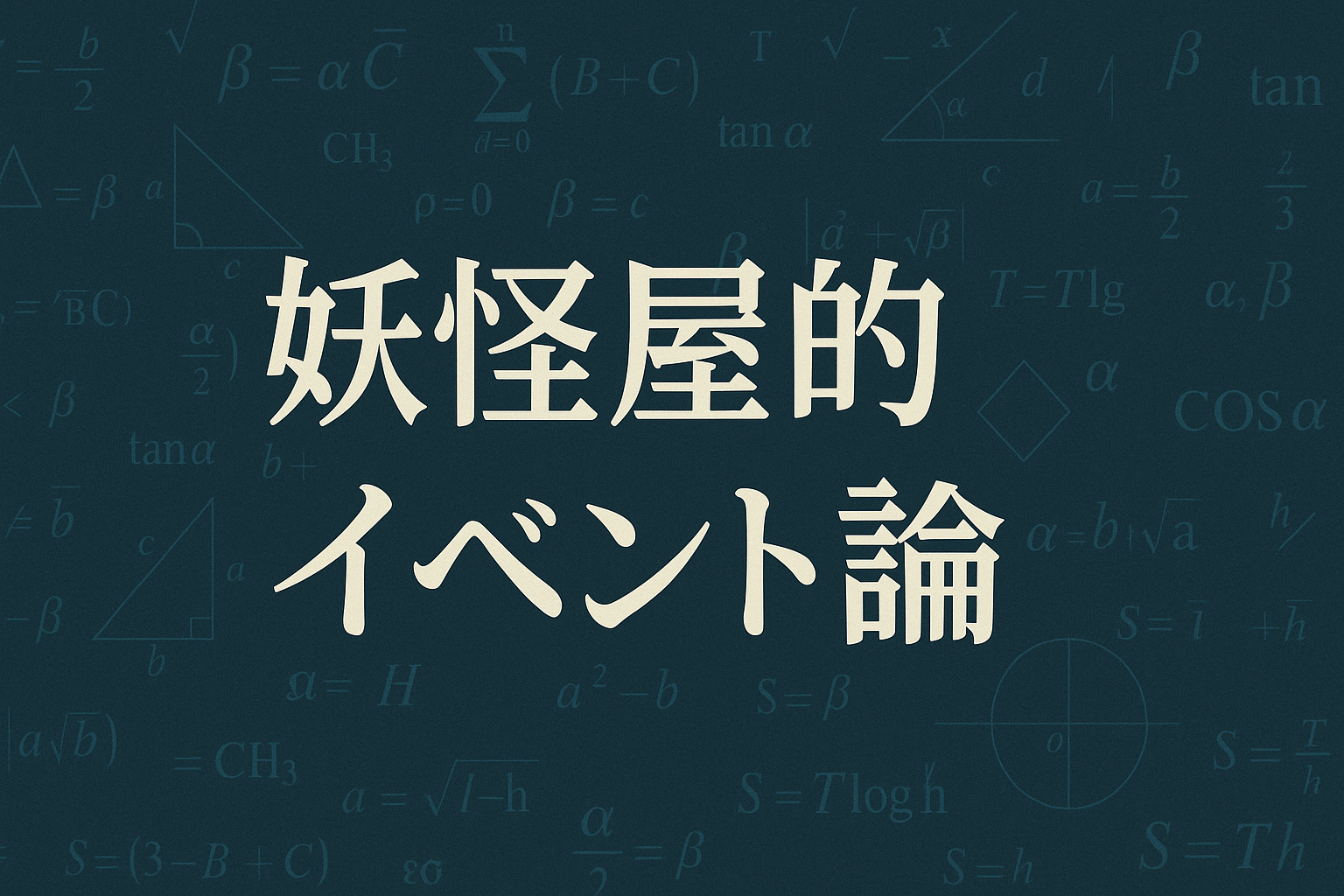
A meeting between a ghost and wine: the fascination of a mellow night

Wine and Yokai. Some may find this pairing a little strange. However, at a wine event to be held in Yamanashi in the summer of 2025, our company is planning to take on a new project themed around this unusual combination. The title of the project is "Encounter Between Yokai and Wine." In this article, we would like to explore the history and culture behind this collaboration, as well as its potential.
When wine came from across the sea (16th century)
Wine was first introduced to Japan in 1549. It is said to have started with grape wine brought to Japan by Christian missionaries such as Francis Xavier. Wine, which was used in ceremonies and diplomacy, was presented to feudal lords such as Ouchi Yoshitaka and Oda Nobunaga, and was highly praised as a rare exotic product.
This was the time when monster culture began to appear in paintings and stories in the form of scrolls depicting the night parade of one hundred demons and monster stories. An encounter with the unknown, a different kind of being. Wine and monsters may both have been symbols of an encounter with a different culture.
Edo Period: The Silence of Wine, the Blooming of Yokai (17th-19th Centuries)
Eventually, a policy of national isolation was put into place, and wine, a Western alcoholic beverage, disappeared from the public eye in Japan. However, around this time, yokai began to flourish in popular culture. Through a variety of media, including ukiyo-e, kusazoshi, and rakugo, yokai continued to stimulate people's imaginations.
Many of the monsters from this era are personifications of the "invisible threats" people felt in their daily lives, such as customs, disasters, and illnesses. Wine quietly continued to ferment, and monsters were on people's lips, and together they wove culture through the "invisible."
Meiji Period: Reappearance of Exotic Tastes and Appearances (Late 19th Century to Early 20th Century)
With the Meiji Restoration, contact with foreign countries increased again, and full-scale wine brewing began in Japan. The first wine brewery was the Dai-Nippon Yamanashi Wine Company, which was established in Yamanashi in 1877. Winemaking that took advantage of Japan's unique climate began.
On the other hand, this was also the time when Western monsters and new kinds of strange phenomena began to appear. One could say that a society shaken by the waves of civilization and enlightenment was sublimating its confusion and anxiety about modernization in the form of "monsters." Wine and monsters -- both of them supported people's imaginations during this time of change.
Modern Times: Japanese Wine and the Redefinition of Yokai (21st Century)
Currently, Japanese wine has grown to gain worldwide acclaim, with Japan's unique varieties, such as Koshu and Muscat Bailey A, attracting particular attention. Wineries are no longer simply breweries, but are becoming hubs for tourism, culture, and education.
Yokai are also being reevaluated in modern times as symbols of anime and regional development, and are gradually blending into people's memories and landscapes.
The commonalities between wine and monsters
Wine and monsters have a lot in common.
- The joy of sensing the invisible: The climate and the thoughts of the wine maker behind the wine. The folk beliefs and views of nature behind the appearance of the monsters.
- Depth that changes with time: Wine, whose flavor changes with age. A monster whose role changes with the times.
- Enjoy the story: The flavor and appeal deepens when you know the background.
- A slightly scary, slightly fascinating duality: Intoxication and awakening, awe and humor.
These commonalities can be said to be the very essence of "Japanese sensibility."
The Future of Yokai and Wineries: Fermenting Stories and Landscapes
Looking to the future, "Yokai x Winery" holds a lot of potential.
- Regional branding: Wine products named after local monsters (e.g. Nekomata Rouge, Yuki-onna Chardonnay)
- Experiential tourism: Hyakumonogatari Winery Night, Yokai Harvest Festival, etc.
- Fusion of design and storytelling: Monster-like personification of taste, such as "sour monster" or "bitter demon"
- educational development"Wine and Yokai Cultural History" lecture, picture book and grape juice event for families
- Overseas broadcasting: "Yōkai & Wine" tour and international label development
Yokai and wine. Both can be said to be "fermented cultural foods" nurtured by people's imagination and sensibility. Their encounter will surely be the key to talking about the past, enjoying the present, and imagining the future.







Two cultures woven together in fascinating writing.
The reader's imagination was created as if they were experiencing a historical tour together.
It's my first time seeing them, but they're both fresh.
I couldn't help but comment early in the morning.
I'm looking forward to it.